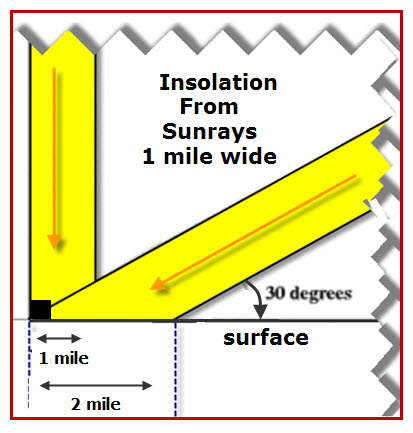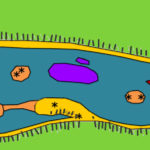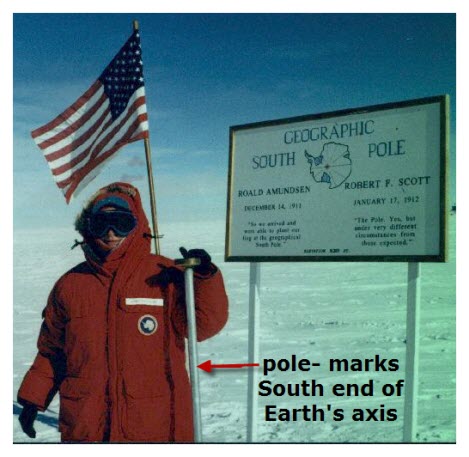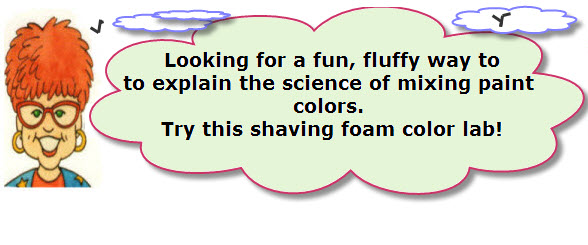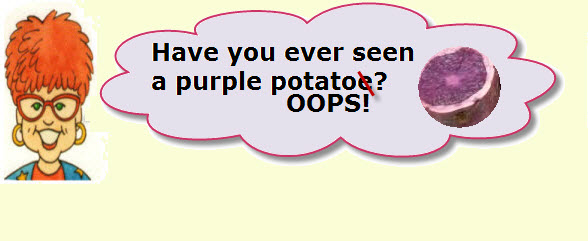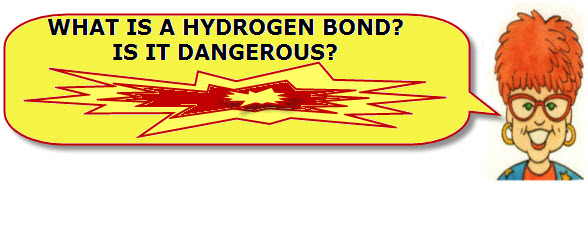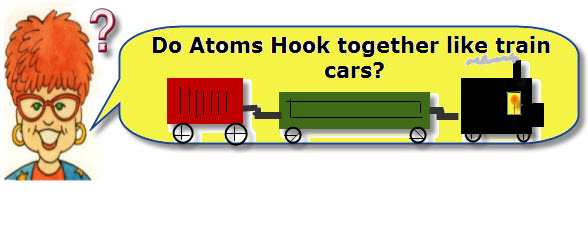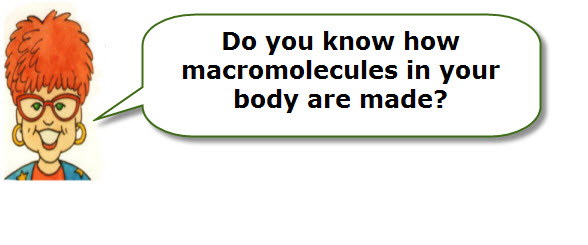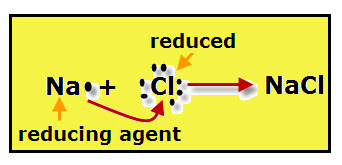Need help getting started on your science fair project?For fun, I made up a story about Emma, a 5th grade girl, who is working on a science fair project.. Emma is being guided by her science club directors, Ms. Janice and Cosmo. Ms. Janice: Emma, before you start working on your project you need to […]
Insolation
Insolation is a measure of solar radiation received on a surface area in a given time period. Some of the insolation is absorbed by the material it strikes, while some of the insolation is reflected. In the diagram, each sun-ray is 1 mile wide. One sun-ray is perpendicular (90 degrees) to the surface it strikes. […]
Protozoa
What is a Protozoa? Protozoa are single-celled organisms that are most likely found in stagnant water. Look for protozoa close to the edge of ponds. The word “protozoa” means first animals. Even young children can learn about protozoa. The following material was provided by Amida, a homeschooling mom. The activities for the paramecium and euglena models shown […]
Janice at the South Pole Marker
I was invited to go to the South Pole by CARA (Center of Research in Antarctica), at the University of Chicago. CARA is sponsored by the National Science Foundation, the objective of the trip was to encourage student interest in science as well as the science in Antarctica. Information collected during this excursion served as […]
Color Mixing:Colorants
What is a colorant? A colorant is something, especially a dye, pigment, ink, or paint, that colors something else. For the following activity, colorant choices include, tempra paint, food coloring, and water soluble acrylic paints. What happens when colorants are mixed together? Any two or more colorants can be mixed to form different colors. Only […]
Potatoes
Which is the correct spelling, potato or potatoe? To this day, my brain sees the word as POT-A-TOE, just like my grandmother taught me.The same with TOM-A-TOE. Actually, I have a long list of words that I misspell no matter how many times I look at the correct spelling. After a time I seem to […]
What Are Hydrogen Bonds?
YIKES! While they sound very similar, don’t confuse the term ” a hydrogen bond” with the term “a hydrogen bomb”! Since a hydrogen bond forms between molecules with polar covalent bonds, I will first explain polar covalent bonds. covalent bond: Formed between two atoms that share valence electrons (electrons in the outermost energy shell). The […]
Covalent Bonds
Chemical bonds are simply how the atoms “hook” together. Instead of atoms being physically attachment, much like a button that hooks into a button hole, chemical bonds are electrical attractions, called electromagnetic forces. Electrons are negatively charged particles that move around the center of an atom called the nucleus. The nucleus is where the atom’s […]
Making and Breaking Polymers
What are Polymers? How are Polymers Made? How are Polymers Broken? Polymers are macromolecules, which means very large molecules. Each polymer is a chain of identical or similar links called monomers. How are monomers linked together to form polymers? The process of linking monomers is known as condensation, or dehydration synthesis. Remember that the term […]
Chemistry: Reducing Agent
In a chemical redox reaction, the reducing agent donates electrons to another element. Thus, a reducing agent is an element that causes another element to be reduced (to gain electrons). When a reducing agent loses its electrons, it is said to be oxidized. In a redox reaction, there has to be one element that loses […]
- « Previous Page
- 1
- …
- 20
- 21
- 22
- 23
- 24
- …
- 96
- Next Page »
